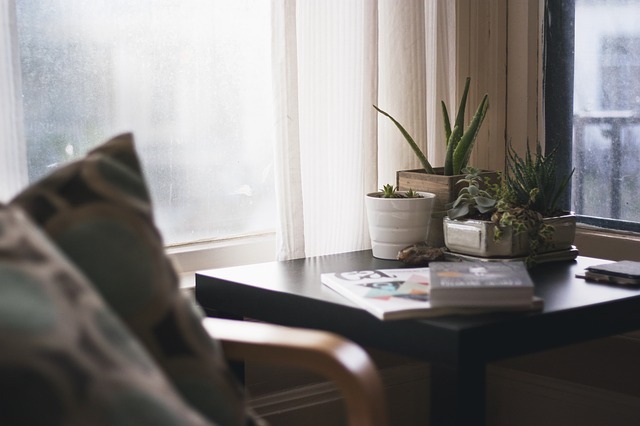Principles of Heating and Cooling

Article Found on Energy.gov
Understanding how heat is transferred from the outdoors into your home and from your home to your body is important for understanding the challenge of keeping your house cool. Understanding the processes that help keep your body cool is important in understanding cooling strategies for your home.
Principles of Heat Transfer
Heat is transferred to and from objects — such as you and your home — via three processes: conduction, radiation, and convection.
Conduction is heat traveling through a solid material. On hot days, heat is conducted into your home through the roof, walls, and windows. Heat-reflecting roofs, insulation, and energy efficient windows will help to reduce that heat conduction.
Radiation is heat traveling in the form of visible and non-visible light. Sunlight is an obvious source of heat for homes. In addition, low-wavelength, non-visible infrared radiation can carry heat directly from warm objects to cooler objects. Infrared radiation is why you can feel the heat of a hot burner element on a stovetop, even from across the room. Older windows will allow infrared radiation coming from warm objects outside to radiate into your home; shades can help to block this radiation. Newer windows have low-e coatings that block infrared radiation. Infrared radiation will also carry the heat of your walls and ceiling directly to your body.
Convection is another means for the heat from your walls and ceiling to reach you. Hot air naturally rises, carrying heat away from your walls and causing it to circulate throughout your home. As the hot air circulates past your skin (and you breathe it in), it warms you.
Cooling Your Body
Your body can cool down through three processes: convection, radiation, and perspiration. Ventilation enhances all these processes. You can also cool your body via conduction — some car seats now feature cooling elements, for instance — but this is not generally practical for use in your home.
Convection occurs when heat is carried away from your body via moving air. If the surrounding air is cooler than your skin, the air will absorb your heat and rise. As the warmed air rises around you, cooler air moves in to take its place and absorb more of your warmth. The faster this convecting air moves, the cooler you feel.
Radiation occurs when heat radiates across the space between you and the objects in your home. If objects are warmer than you are, heat will travel toward you. Removing heat through ventilation reduces the temperature of the ceiling, walls, and furnishings. The cooler your surroundings, the more you will radiate heat to the objects, rather than the other way around.
Perspiration can be uncomfortable, and many people would prefer to stay cool without it. However, during hot weather and physical exercise, perspiration is the body’s powerful cooling mechanism. As moisture leaves your skin pores, it carries a lot of heat with it, cooling your body. If a breeze (ventilation) passes over your skin, that moisture will evaporate more quickly, and you’ll be even cooler.

